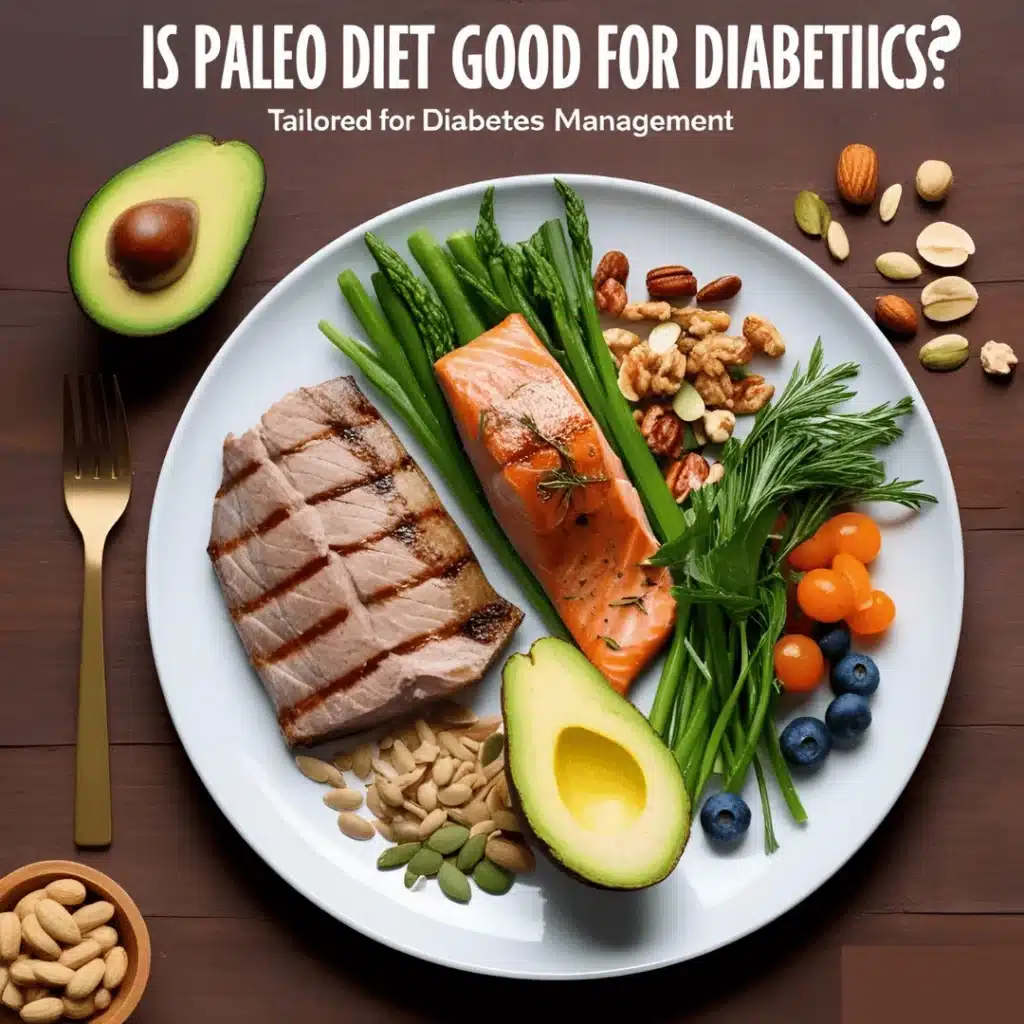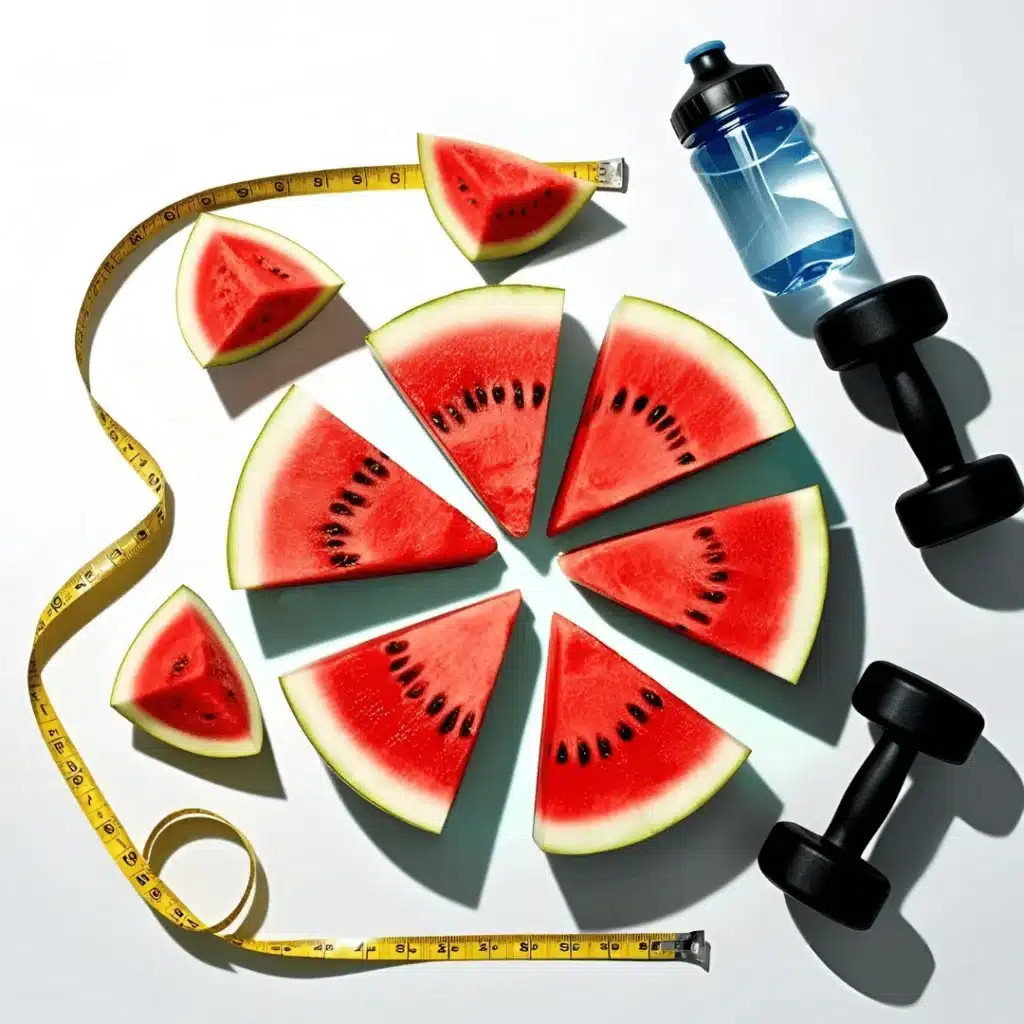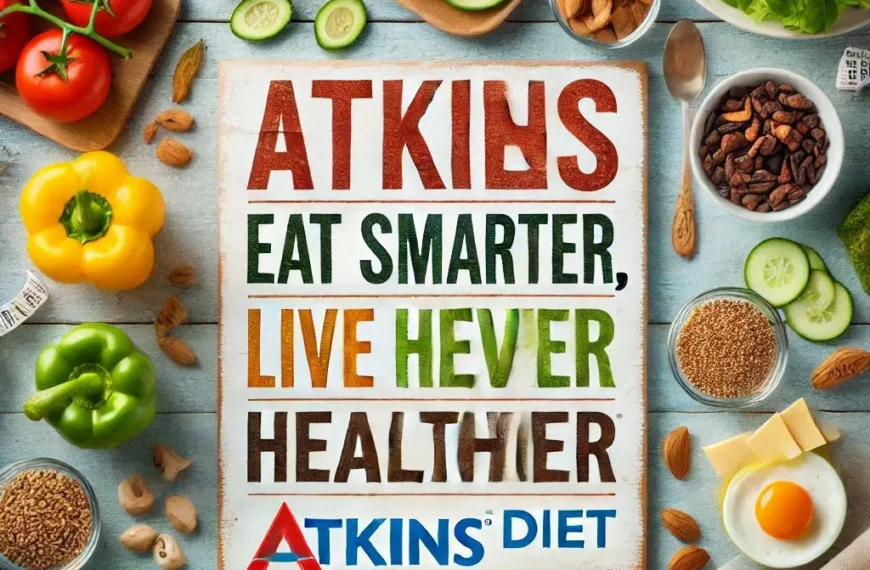Table of Contents
ToggleSummary
The Atkins Diet is a low-carb, high-protein weight loss plan designed to help individuals burn fat efficiently by reducing carbohydrate intake. It works in four phases: Induction, Balancing, Pre-Maintenance, and Maintenance, allowing for a gradual reintroduction of healthy carbs while maintaining weight loss. By shifting the body’s metabolism to fat-burning mode, the Atkins Diet promotes steady weight reduction, enhanced energy levels, and improved metabolic health. Unlike traditional low-fat diets, Atkins encourages the consumption of protein-rich foods, healthy fats, and low-carb vegetables, helping individuals feel fuller for longer while reducing cravings for sugar and processed foods
One of the key benefits of the Atkins Diet is its positive impact on blood sugar levels, making it an effective choice for individuals managing diabetes or insulin resistance. It has been linked to improved heart health, reduced triglycerides, and better cognitive function. However, the diet also has potential short-term side effects, such as keto flu, digestive issues, and fatigue, especially during the Induction Phase. Long-term concerns include nutrient deficiencies and the need for careful carb reintroduction to sustain results. Unlike the Keto Diet, Atkins allows for gradual flexibility, making it more adaptable for long-term adherence.
For success on the Atkins Diet, meal planning, hydration, and tracking carb intake are essential. Incorporating exercise can enhance weight loss and overall health. While generally safe, individuals with kidney disease, heart conditions, or pregnant women should consult a healthcare provider before starting. The Atkins Diet provides a structured, sustainable way to achieve weight loss while maintaining metabolic balance.
Introduction
The Atkins Diet is a well-known low-carb approach to weight loss, developed by Dr. Robert Atkins in the 1970s. It gained popularity due to its effectiveness in rapid fat loss and blood sugar management. Unlike traditional calorie-restrictive diets, Atkins focuses on limiting carbohydrates, forcing the body to use stored fat for energy. This method not only promotes weight loss but also helps improve metabolic health, making it a sustainable long-term diet choice for many individuals.
The diet is structured in four phases, allowing individuals to gradually reintroduce healthy carbohydrates while ensuring long-term weight maintenance. By focusing on nutrient-dense, whole foods and limiting processed carbohydrates, the Atkins Diet has gained a strong reputation for its efficacy and health benefits.
What is Atkins Diet?
The Atkins Diet is a low-carb, high-protein, and high-fat diet aimed at promoting weight loss and improving overall health. By drastically reducing carbs, the body enters a fat-burning state known as ketosis, where fat becomes the primary energy source.
Unlike traditional low-fat diets, Atkins allows individuals to consume higher amounts of dietary fats and proteins, which keep them satiated for longer periods. The core principle of Atkins is based on the metabolic switch that forces the body to burn fat instead of glucose for energy. This results in steady and sustained weight loss, improved energy levels, and better metabolic health.
How it Differs from Other Low-Carb Diets
Atkins vs Keto
The Atkins Diet and the Keto Diet are both low-carb eating plans, but they differ in their approach and flexibility. The Atkins Diet consists of four phases, allowing for a gradual increase in carb intake over time, making it more adaptable for long-term sustainability. In contrast, the Keto Diet strictly limits carbohydrates to around 20-50g per day to keep the body in a constant state of ketosis, where it burns fat for energy instead of glucose. While Atkins focuses on low-carb eating, it eventually reintroduces healthy carbs like fruits, legumes, and whole grains, whereas Keto maintains strict carb restrictions indefinitely.
Another key difference is macronutrient composition. The Keto Diet is high in fats (70-80%), moderate in protein, and very low in carbs, while Atkins starts with high protein and fat intake but allows for more carb flexibility as you progress through its phases. This makes Atkins easier to sustain long-term, while Keto requires stricter adherence to stay in ketosis. Additionally, Atkins is often considered more adaptable for people who want to enjoy a wider variety of foods, while Keto can be more restrictive, making it harder for some individuals to maintain. Ultimately, both diets can be effective for weight loss and metabolic health, but Atkins offers more flexibility, whereas Keto demands consistent carb restriction.
Atkins vs Paleo
The Atkins and Paleo diets are both low-carb plans but differ in their approach. The Atkins diet focuses on drastically reducing carbohydrate intake to promote fat burning and weight loss, with stages that gradually reintroduce carbs. It allows processed foods, dairy, and artificial sweeteners, making it more flexible in terms of food choices. In contrast, the Paleo diet emphasizes eating whole, unprocessed foods similar to what early humans might have consumed, such as meats, fish, fruits, vegetables, and nuts, while excluding grains, dairy, and processed foods.
The main benefit of the Atkins diet is rapid weight loss, especially in the initial stages, and its flexibility. However, some may find it hard to stick with over time due to carb restrictions. The Paleo diet promotes a more holistic and natural approach to eating, which can improve overall health. Still, its restrictive nature and the elimination of entire food groups like dairy and grains can be challenging for some to maintain long-term.
Atkins vs Mediterranean Diet
The Atkins and Mediterranean diets are two popular approaches to healthy eating, but they differ significantly in their principles. The Atkins diet is a low-carb, high-protein, and high-fat plan that encourages rapid weight loss by restricting carbohydrate intake, forcing the body into ketosis. It’s structured in phases, starting with a very low-carb intake that gradually increases. The Mediterranean diet, on the other hand, emphasizes whole foods, including fruits, vegetables, whole grains, lean proteins, and healthy fats like olive oil, and is centered on heart health and longevity. It is rich in antioxidants and fiber and encourages sustainable, balanced eating habits.
While the Atkins diet can lead to quick weight loss, it may be difficult to sustain long-term and may raise concerns about nutrient deficiencies and heart health due to its high fat content. The Mediterranean diet is generally considered more balanced and sustainable, offering long-term benefits for heart health and overall wellness. However, its slower weight loss process might not appeal to those seeking rapid results. Both diets have their merits, but the Mediterranean diet is often favored for its long-term health benefits and ease of adherence.
The Science Behind Atkins Diet
Reducing carbs lowers insulin levels, enabling the body to burn stored fat. This metabolic shift promotes weight loss while stabilizing blood sugar levels, reducing the risk of diabetes and other metabolic disorders.
Research has shown that low-carb diets, like Atkins, can lead to significant reductions in triglyceride levels, improved cholesterol profiles, and enhanced cognitive function. Unlike calorie-counting diets, Atkins focuses on the quality of foods consumed rather than strict calorie restrictions, making it easier for individuals to sustain their weight loss journey.
Phases of the Atkins Diet
Phase 1: Induction
- Drastic reduction of carbs to 20g per day.
- Focus on high-protein and healthy fats.
- Encourages rapid weight loss and transition to ketosis.
- The goal is to kickstart fat metabolism and reset insulin response.
Phase 2: Balancing
- Gradual reintroduction of nutrient-rich carbs (e.g., nuts, berries, low-carb vegetables).
- Weight loss continues at a steady pace.
- Helps identify individual carb tolerance.
- Focus on nutrient-dense whole foods.
Phase 3: Pre-Maintenance
- Fine-tuning carb intake for weight stabilization.
- Slow addition of healthy carbs (e.g., whole grains, fruits, legumes).
- Helps transition into long-term eating habits.
Phase 4: Maintenance
- Establishing a long-term, sustainable low-carb lifestyle.
- Allows more food variety while preventing weight regain.
- Encourages lifelong healthy eating habits without strict restrictions.
Allowed and Restricted Foods
Foods You Can Eat
- Protein Sources: Meat, fish, poultry, eggs.
- Healthy Fats: Avocado, olive oil, nuts, cheese.
- Low-Carb Vegetables: Spinach, kale, broccoli, zucchini.
- Dairy Products: Full-fat yogurt, cheese, butter.
Foods to Avoid
- Sugary Foods: Sweets, soft drinks, desserts.
- High-Carb Grains: Bread, pasta, rice.
- Processed Foods: Hidden carbs and unhealthy additives.
- Legumes and Starches: Beans, lentils, potatoes.
Health Benefits of the Atkins Diet
- Effective weight loss and fat burning
- Improved blood sugar control and insulin sensitivity
- Enhanced mental clarity and energy levels
- Potential cardiovascular benefits, including lower cholesterol levels
- Reduced cravings for sugar and processed foods
Studies have shown that people who follow the Atkins Diet tend to experience sustained weight loss, improved metabolic flexibility, and decreased risk factors for heart disease and type 2 diabetes.
Possible Risks and Side Effects
Short-Term Effects
- Keto flu (fatigue, headaches, nausea)
- Digestive issues due to reduced fiber intake
- Initial water weight loss, followed by fat loss
Long-Term Concerns
- Nutrient deficiencies from restricted food groups
- Potential kidney strain from high protein consumption
- Sustainability challenges for some individuals
Who Should Avoid Atkins Diet?
- Individuals with kidney disease
- Pregnant or breastfeeding women
- Those with a history of heart disease (consult a doctor first)
Tips for Success on the Atkins Diet
- Plan meals in advance.
- Stay hydrated and manage electrolytes.
- Monitor carb intake and adjust accordingly.
- Incorporate regular exercise for enhanced results.
FAQs About the Atkins Diet
Is the Atkins Diet safe for everyone?
While generally safe, individuals with certain medical conditions should consult a healthcare provider before starting Atkins.
How quickly can you lose weight on the Atkins Diet?
Weight loss varies, but many individuals lose 5-10 pounds in the first two weeks.
Can vegetarians follow the Atkins Diet?
Yes, by incorporating plant-based protein sources such as tofu, nuts, and eggs.
What happens if you eat carbs while on Atkins?
Excess carbs may slow down weight loss, but occasional indulgences can be managed by adjusting intake.
Conclusion
The Atkins Diet is a structured, effective, and sustainable low-carb approach to weight loss. By following its phases, individuals can achieve weight loss while maintaining metabolic health. Consulting a healthcare provider is recommended before making dietary changes.












